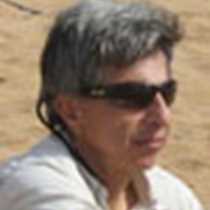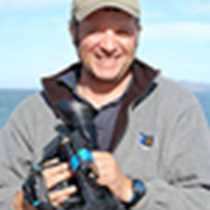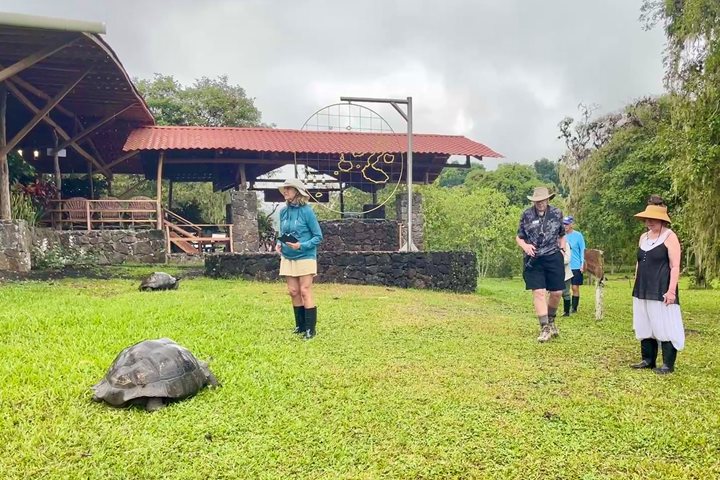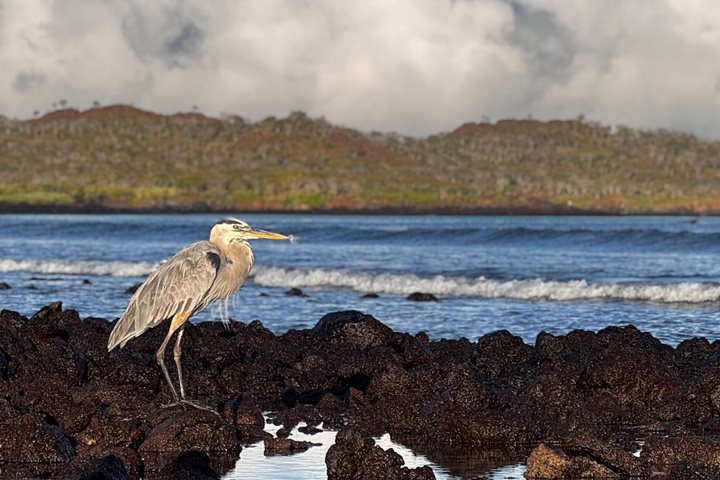San Cristobal Island is one of the oldest Galapagos Islands where the flora and fauna has taken over and been exposed to the elements. This island is no longer an active volcano as it sits in the southeastern end of the archipelago. Now this island is slowly deteriorating to the point that it will go back into the ocean. The Galapagos Islands are formed because of the activity of a stationary “hot spot” that lays on the northwestern end of the archipelago under the Nazca Plate. This tectonic plate slides towards the southeast and as it goes by the “hot spot” area it produces enormous volcanoes that when they emerge out of the ocean become islands. The islands that had been carried away from the “hot spot” area then became extinct volcanoes.
5/29/2025
Read
National Geographic Gemini
Genovesa Island
Genovesa is considered one of the Galapagos crown jewels, and today it was showing off all of its splendor. Immediately after breakfast we put on our sturdy shoes and set out to explore Prince Philip’s Steps. This area is known for opportunities to observe not only large colonies of nesting Nazca and red-footed boobies, but maybe, just maybe, the short-eared owl which exhibits diurnal behavior on this island. After this walk we got ready for a dip in the Pacific Ocean and snorkeling along the inner coast of this caldera. The afternoon was equally amazing as we disembarked to explore Darwin Bay, along a short and easy trail that was packed with wildlife. Here we observed not only nesting frigatebirds, red-footed boobies, and Nazca boobies, but also a few yellow-crowned night herons. It was another incredible afternoon in the Galapagos Islands.









